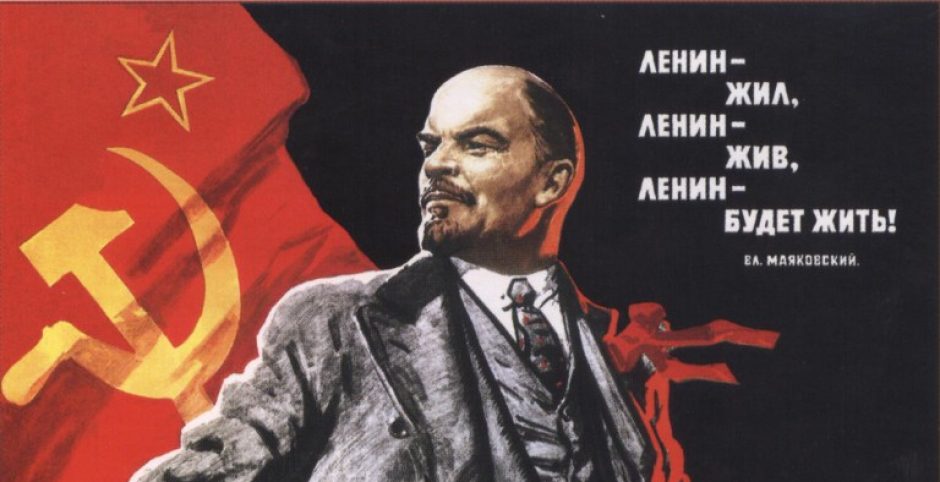Public rituals of catharsis are one of many ways in which the governing class can disperse and cement ideologies. The collective feeling of grief achieved through the 22nd Party Congress achieved this goal, while also effectively shutting out (most) dissent from Sovietism, through a public and theatrical condemnation of Stalin that focused less on factual information, and more of individual narratives of suffering that catalyzed a feeling of unity amongst Russians, rather than distrust of Sovietism. The state, by carefully orchestrating this collective condemnation and grief, became closer allied to the people of Russia.
The iconoclasm of Stalin’s legacy was also used to bolster the image of Lenin, and thus the communist party itself. The juxtaposition of Stalin to Lenin reaffirmed the greatness of Russia’s past: “At a meeting of the Kaliningrad town Party organization, one timber worker claimed – ‘Stalin all his life taught us to live in a Leninist way, but himself violated Lenin’s commandments. There is no place for him next to Lenin!” (Jones, 55). While Stalin was attributed to the suffering of Russians, Lenin symbolized the successes of the communist party. Russia seems to have become a very nostalgic nation. The leaders of Russia no longer seem to be “looking West” or concerned with modernization; rather, they are reverting back to an era of a distinctly Russian political moment, and clinging to it desperately.
This is less of a critical question and more of a contextual one, but I’m hoping to talk about what characterized this moment of Russian history. What can we attribute to the nostalgia for Leninism? Was it simply a tool of the state to create communist solidarity, or was it inspired partially by something else?

The authority’s anxiety regarding “mobilized emotion” (Jones, 48) betrays an understanding of its stability in power as tenuous should violent trends intensify. The schemes of Khrushchev and the Party masqueraded as rousing calls for a return to Leninism; however, Khrushchev’s separation of himself and the Soviet Party from the atrocities perpetrated and permitted by Stalin and his ‘cult of personality’ appears to have served ulterior motives. Attempts to regulate sentiment, to impose upon the confused and outraged public a rubric of appropriate reaction in the wake of the Secret Speech and beyond, serves a purpose beyond mere catharsis for the nation and the Soviet Party. The congress’ “overt, easily interpreted, public condemnation of Stalin, and iconoclasm of his cult” (Jones, 51), exemplified by his removal from the mausoleum, can be read as acts of placation and defiance, but also of historical revisionism. Khrushchev sought not only to return to the tenets of Leninism but also to strengthen his own hold over the Communist party. The insistence on the public to relegate its violence to the written word, on textual rather than physical iconoclasm, ensures this expediency; the authorities carried out renamings and removals quietly and out of the public eye. Might these machinations have furthered a cause of absolution and consolidation of power, under the auspices of catharsis and solidarity?